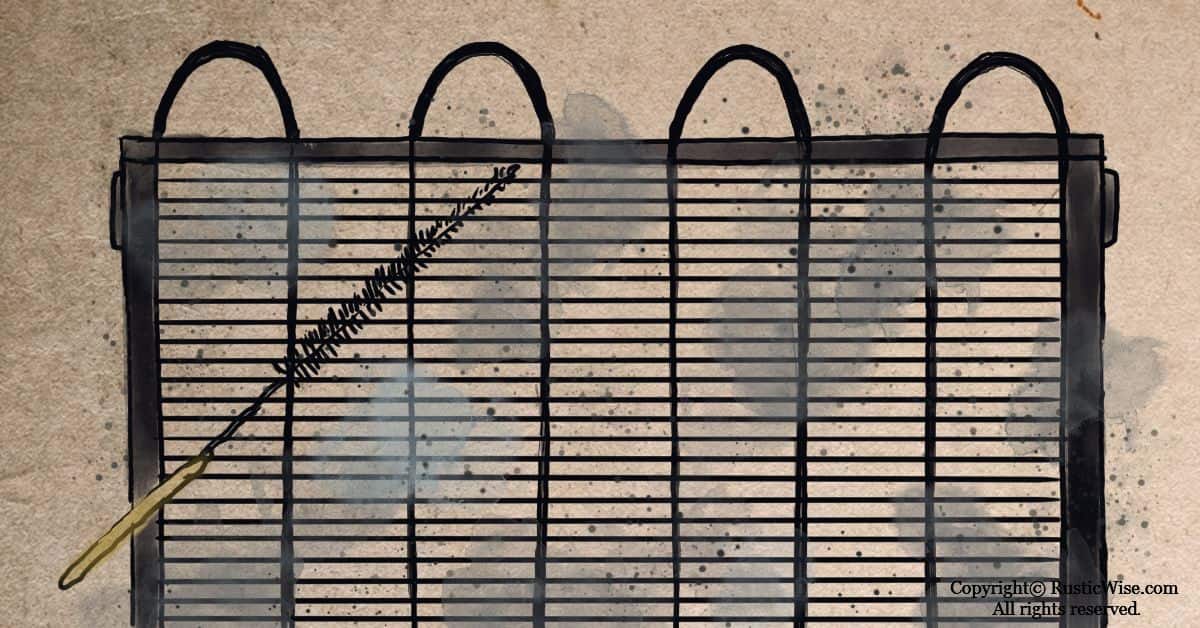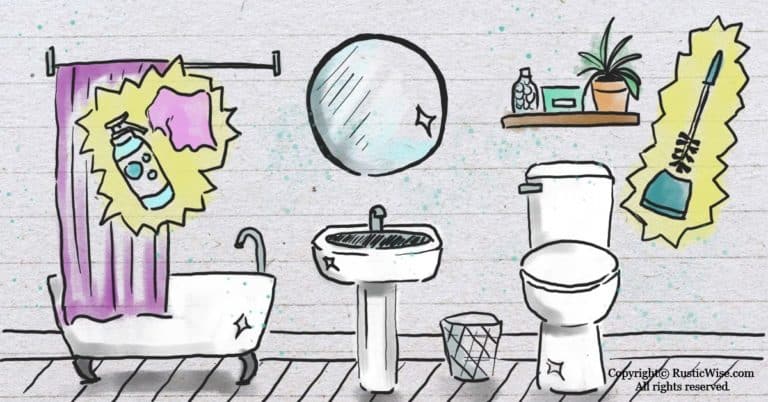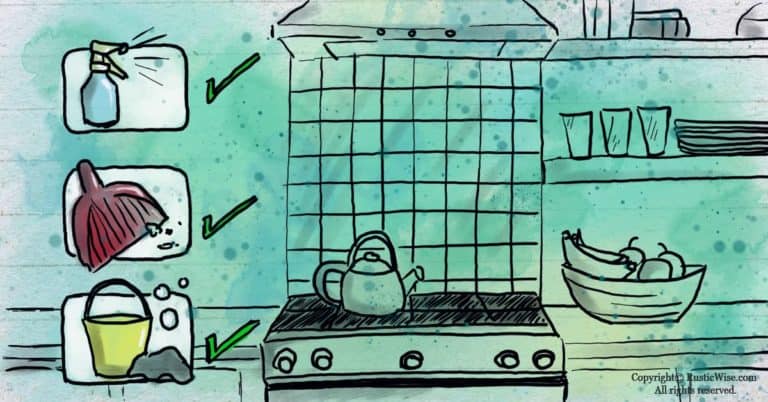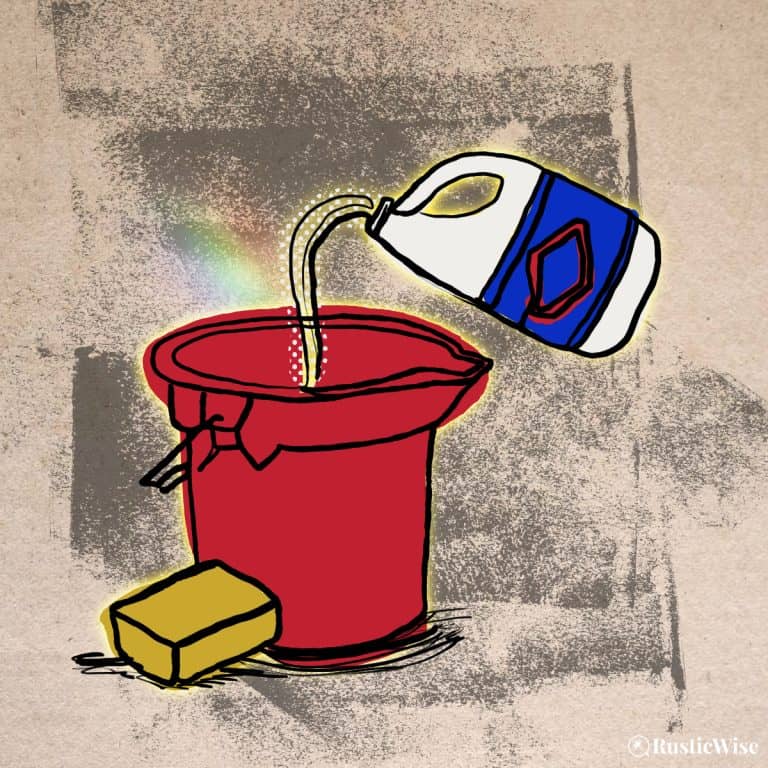Fridge Condenser Coil Cleaning: How To Clean in 5 Easy Steps
When was the last time you cleaned your refrigerator condenser coils? If your answer is, “I can’t remember,” or “never,” it’s time to take a look at fridge condenser coil cleaning. Having dirty condenser coils reduces the efficiency and longevity of your fridge (and we don’t want that, do we?). Luckily, this is an easy DIY task that you can do in less time than it takes to cook dinner.
Set aside 15-20 minutes for this small maintenance task, and you’ll have clean fridge condenser coils and enjoy a cool, more efficient fridge.
Fridges are an essential (and expensive) home appliance. Make fridge condenser coil cleaning part of your regular refrigerator maintenance to extend the life of your fridge and keep your repair bills to a minimum.
What exactly are fridge condenser coils?
Condenser coils are the curved metal tubes that you can find either along the front (base) of a fridge, or along the back. Its purpose is to help cool and condense refrigerant and also disperse heat.
Since they the fridge coils are in hard-to-clean areas, they get covered in dust, dirt, hair, and other household debris over time. Dirty condenser coils can’t effectively release heat making your fridge less efficient.
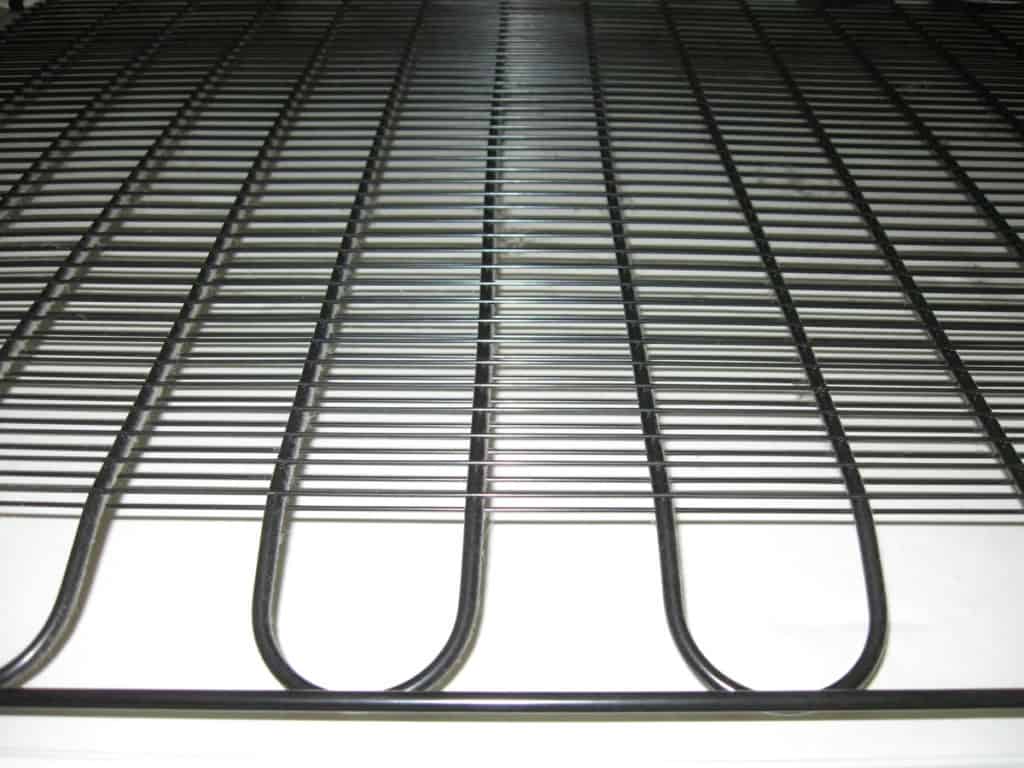
Credit: Bruno Longo / Flickr
Signs your fridge condenser coil needs cleaning
Clogged or dirty refrigerator coils affect the performance and longevity of your fridge.
One of the easiest ways to check if your coils need cleaning is to simply have a quick look to see if the area is clogged up. Dust bunnies? Time to clean.
Another sign that your condenser coils require cleaning is if the temperature of your fridge is too warm (even after you’ve set it to the appropriate temperature). Your food isn’t cool enough. This could potentially lead to food safety issues if temperature becomes too warm.
You may hear your compressor click on or off throughout the day. When your refrigerator condenser coils are dirty, heat isn’t released properly making the compressor work overtime. This eventually leads to the compressor wearing down and needing repair or replacement.
Note: Some newer GE fridge models have NeverClean™ Condenser coils that are maintenance-free. Unlike most fridges that have exposed coils, these NeverClean models keep coils safely tucked away in a compartment.
Fridge condenser coil cleaning step-by-step
While nobody wants to add to their to-do list, this one’s really no sweat.
What you’ll need:
- Vacuum with narrow attachment
- Condenser brush
- Flashlight
- Clean cloth
- Mask (optional)
- Large piece of cardboard to protect flooring if moving fridge (optional)
An all-purpose appliance brush is fairly inexpensive. You can find one at most hardware stores. Your fridge manufacturer likely also sells condenser brushes. You can use these brushes to clean your air conditioner and freezer too.
Condenser brushes have a tapered brush head especially designed to fit into hard-to-reach crevices like refrigerator coils. They’re roughly 25 inches (64 centimeters) long.
If you don’t have a condenser brush handy, a small nylon-bristled (or similar) brush can also do the trick.
While it’s not absolutely necessary to have a mask, you may want to use one if you’re sensitive to dust. If you have a fridge with coils located on the back, you may need a helping hand to move the fridge away from the wall.
And of course you’ll need to locate the condenser coils on your fridge (either at the rear, or front of your fridge). It’s also a good idea to consult with your manufacturer’s guide to see whether there’s any special instructions when it comes to fridge condenser coil cleaning.
Let’s get started!
Step 1
Unplug the fridge. This is an important safety measure that protects you from electrocution and also prevents the refrigerator fan (located behind the coils) from damage while you’re cleaning the coils.
Step 2
Access the coils. Depending on the style of fridge you have, you’ll have either front or rear-facing coils.
Front coils:
- Remove the protective cover or grille from the base of the front. This should come off fairly easily—lift the cover up and pull it slightly towards you.
Rear coils:
- Pull the fridge away from the wall. Give yourself at least 1 meter or more to work around. Some fridges may have wheels, while others may require the use of a track. Enlist a friend to help with this step. You may want to place a piece of cardboard on the floor to protect it.
Step 3
Do a preliminary vacuum of any large dust bunnies and debris around the fridge and coils. If the fan is accessible, give this a quick vacuum with a narrow attachment making sure not to damage the blades.
Wipe protective front cover with a damp cloth as needed.
Step 4
Using your flashlight, take a good look at your condenser coils to see which areas need special attention and cleaning. Work your brush gently in and around the coils. While condenser coils may feel solid, they are still prone to damage if you’re not careful.
Continue using your condenser brush and vacuuming with a narrow attachment head until the condenser coils are clean. Don’t fret if you can’t get every nook and cranny clean. So long as you clean off most of the large debris, you should be good to go.
Step 5
Reattach front cover for front-facing coils. Move the fridge back if you have rear-facing coils.
Tip: It’s important that your fridge has sufficient space from the back wall and along the top to function at its best. Keep at least 1 inch (2.5 centimeters) of space, preferably more, from the back wall to allow for proper air circulation.
DIY fridge coil cleaner
Sometimes a condenser brush and vacuum isn’t enough. If you have years of caked-on grime, you’ll need the help of a coil cleaner. Here’s an easy DIY recipe from Tips Bulletin using natural ingredients you’ll already.
You’ll need:
- Empty spray bottle
- Warm water
- 1 teaspoon white vinegar
- 1 teaspoon rubbing alcohol
- Baking soda
- Clean, dry cloth
Combine the white vinegar and rubbing alcohol in the spray bottle. Add a little bit of warm water. Gently swirl to mix the solution. Spray your DIY coil cleaner liberally where needed. Let sit for 5 minutes. Then wipe clean with a dry cloth.
For stubborn, stuck-on stains, sprinkle some baking soda followed by a few spritzes of coil cleaning solution.
Repeat as needed.
How often should I clean my fridge condenser coils?
You should clean your fridge condenser coils at least once a year. However, if you have a furry friend that sheds, you’ll likely need to clean the coils more often.
Generally, front-facing refrigerator coils are also more prone to dust accumulation than rear-facing ones.

Author: Josh Tesolin
Josh is co-founder of RusticWise. When he’s not tinkering in the garden, or fixing something around the house, you can find him working on a vast array of random side projects.

